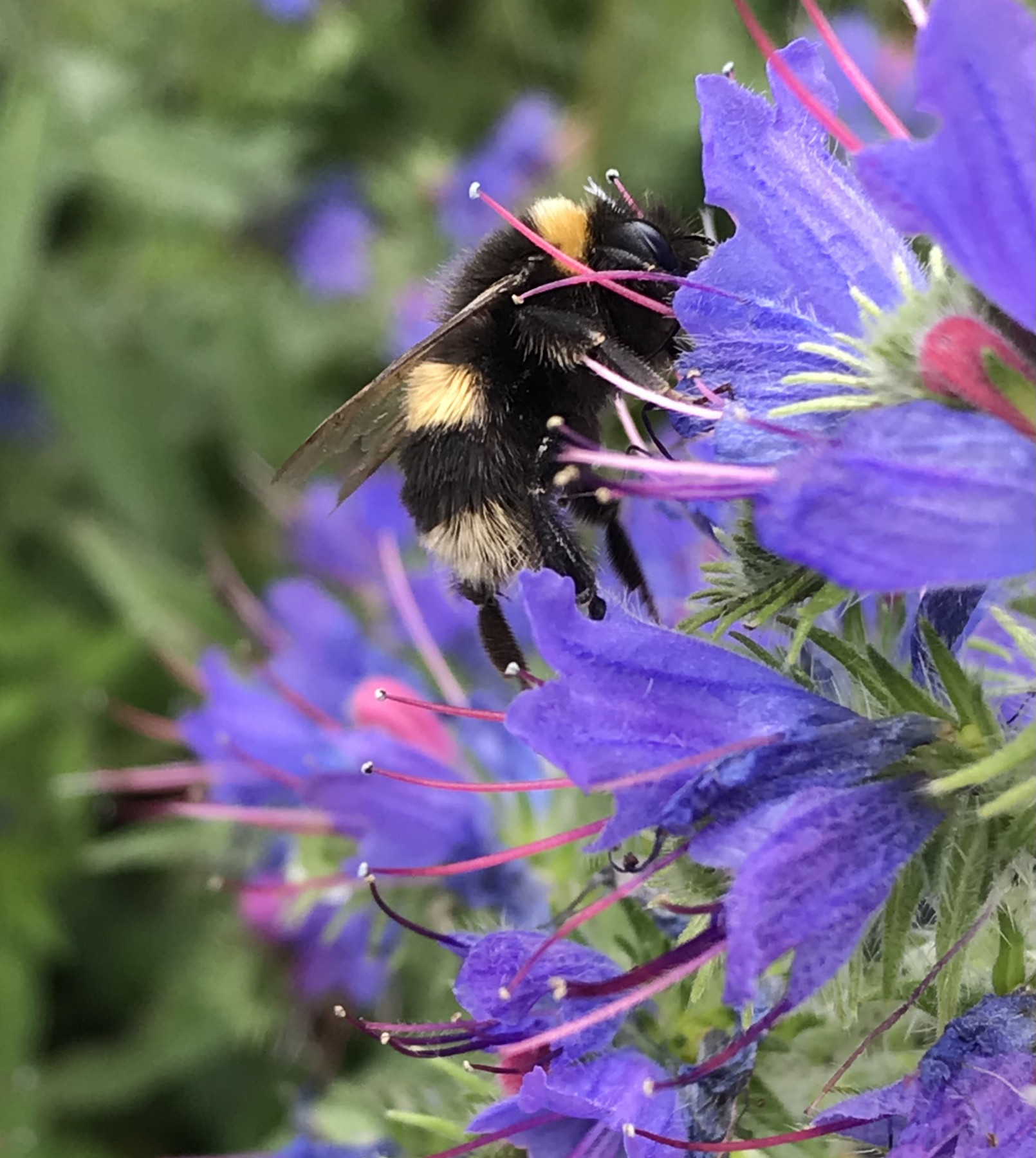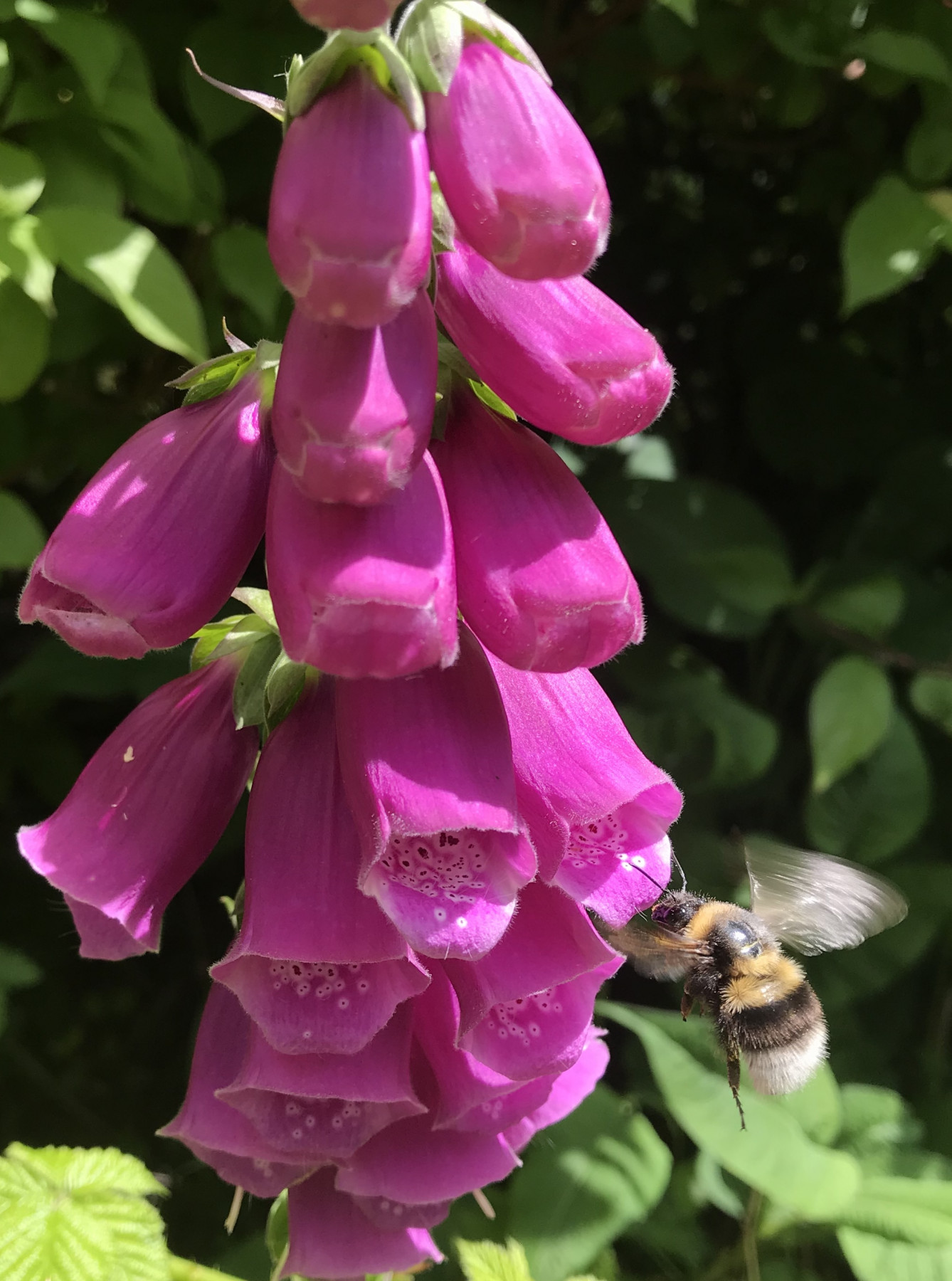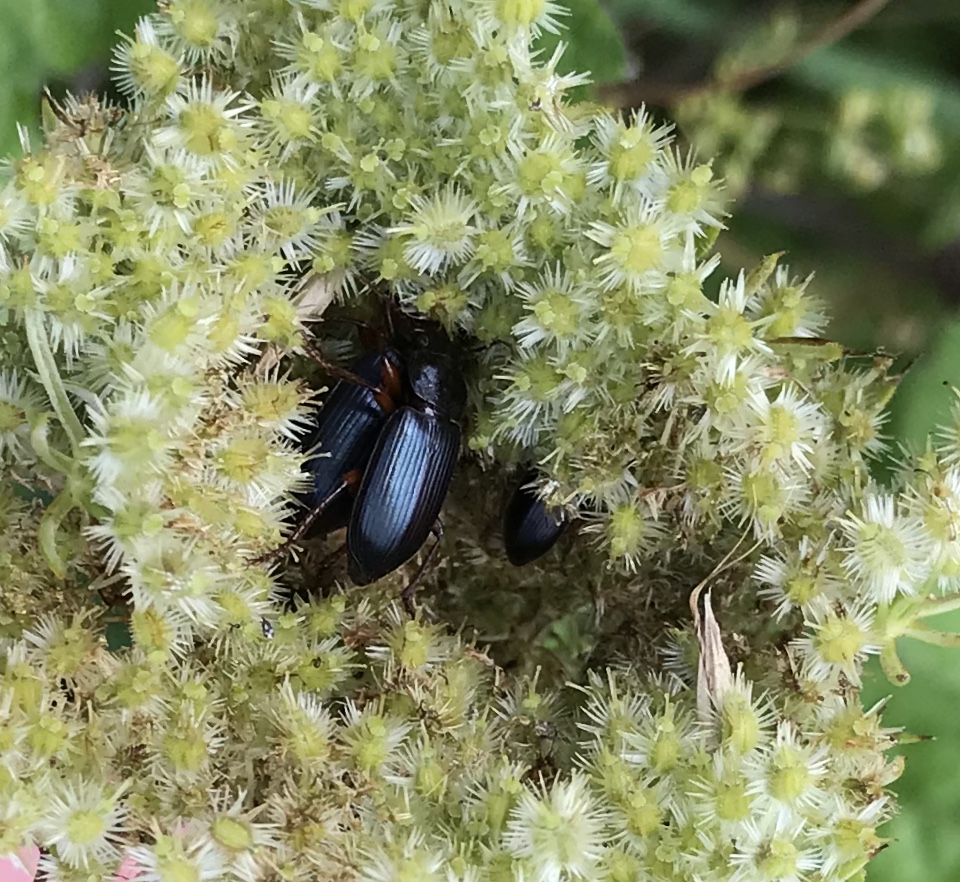Filling the garden with great plants can be a costly affair, but it doesn’t need to be. There are lots of fabulous garden plants that can be grown from seed, and not just the usual annuals.
Pollinator plants

There’s a group of plants that are called biennials. It just means that as opposed to annuals, they flower in their second year. Annuals flower the same year the seed is sown. But the great thing about biennials is that you can sow them in later summer and early autumn, let them establish, and they will overwinter and flower usually the next summer and sometimes the summer after. This allows the seedlings to establish while the soil is still warm from the summer sun and to take advantage of the warm autumn rain before winter sets in. There are some great garden stalwarts that are biennials. And even better news is that many of them are really important pollinator plants. Spring can be a very busy time in seed sowing so taking advantage of this late season sowing window that not only ensures there will be lots of variety to feed your pollinators next season. But also fills your garden with great plants without breaking the bank.
Bee good plants
Some of my favourite bee plants are biennials; maybe we should call them bee-ennials? And these are really easy to grow from seed so you can sow and grow lots of them now and then share the surplus with like-minded gardeners, plant swaps and bee friendly friends. I’m often asked what are my favourite plants for pollinators. Top of my list is the fabulous Viper’s Bugloss, so called because it was apparently used to treat snakebites, though I am not sure how effective it was. It’s a native wildflower, it’s hardy, and it’s easy to grow from seed and it self-seeds, so it ticks all the boxes for my pollinator borders. You can grow it in containers and to be honest, if you only have room for one plant for pollinators, I’d grow this one. Its botanical name is Echium vulgare and it’s a beauty. You can sow seed now and the plants will flower next summer or the year after. And the great thing about this plant is that it replenishes its nectaries every twenty minutes, so it’s like that bottomless coffee cup with free refills. No wonder it’s a magnet for pollinators.

Foxgloves are another great biennial. Who can fail to love their towering spires of huge trumpet flowers in spring? Foxgloves are the perfect food plant for bumblebees, especially the garden bumblebee, which has a very long tongue. She flies from flower to flower, crawling in over the hairs inside the flowers to reach the nectar at the bottom of the flower. The flowers open at the bottom first and the male parts, the pollen bearing anthers mature and as the bee climbs inside she has to fold her wings and squeeze past and as she does so her negative charge attracts the pollen. Bees visit the same type of flowers in succession and when she has fed from the flowers on one plant she moves to another. As the flowers mature, the female parts develop and a passing bee, loaded with pollen will deposit the pollen from a different foxglove plant onto the stigmas, effecting pollination between different plants, i.e. cross pollination which helps enrich the gene pool. Sow foxglove seed now where you want the plants and in two year’s time you will have a forest of flower spikes transforming your garden.
Other good biennials for pollinators include honesty (Lunaria), opium poppies and wallflowers. All can be sown now from seed, either into pots of quality seed compost, a nursery bed or where you want them to flower.
Surprising biennials

But there are some other biennials that are also great for pollinators but not necessarily obviously. Wild carrot flowers are a popular cut flower and extremely beneficial to many pollinators including solitary bees and hoverflies. When the flowers start to go over and the seed heads start to form their shape provides a perfect shelter for overnighting insects and even overwintering ones too. But it’s not just wild carrots. You can grow your carrot tops once you’ve finished eating the roots and let them flower. Parsnips are another great biennial vegetable so if you’ve a few manky plants that have been damaged let them flower for the pollinators.
Some of our herbs like parsley will also flower in their second year, you can save the seed of course, but the flowers are also good for pollinators. Leeks are another biennial, flowering in the second year after sowing. Let a few flower and you will be amazed at the visitors to the nectar rich balls of flowers.










